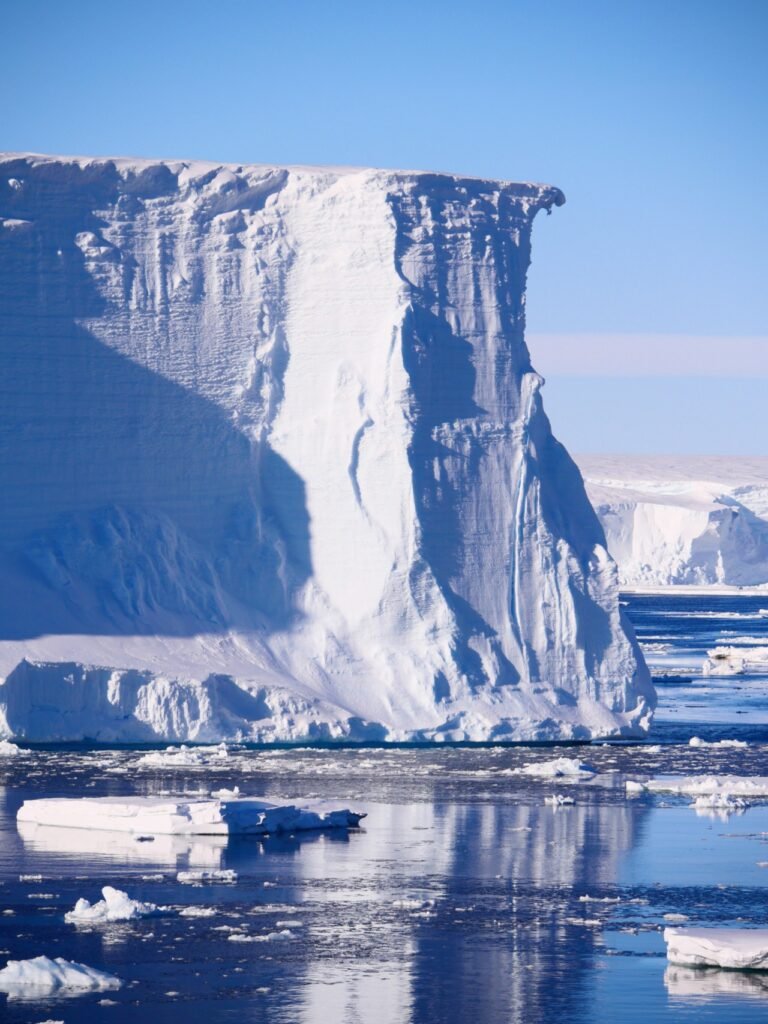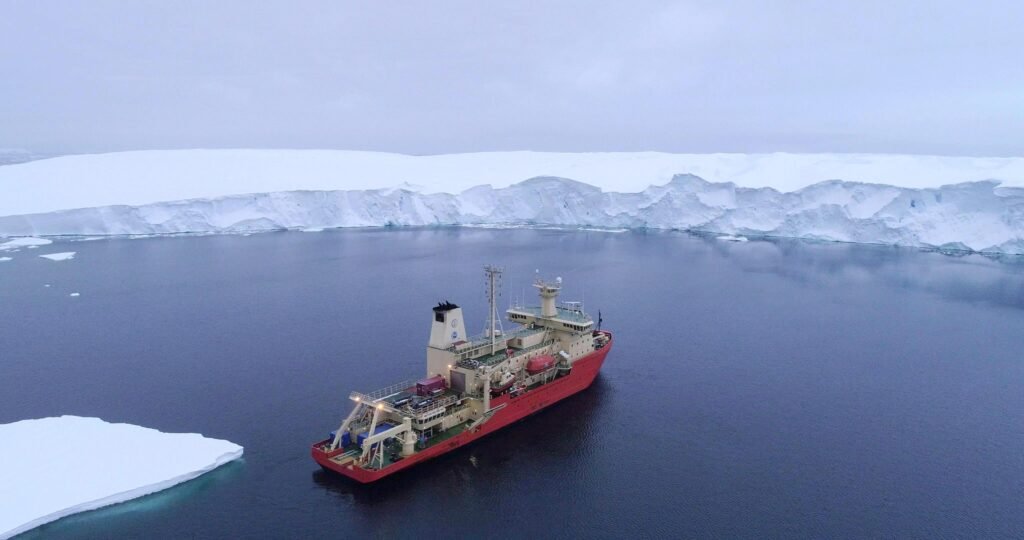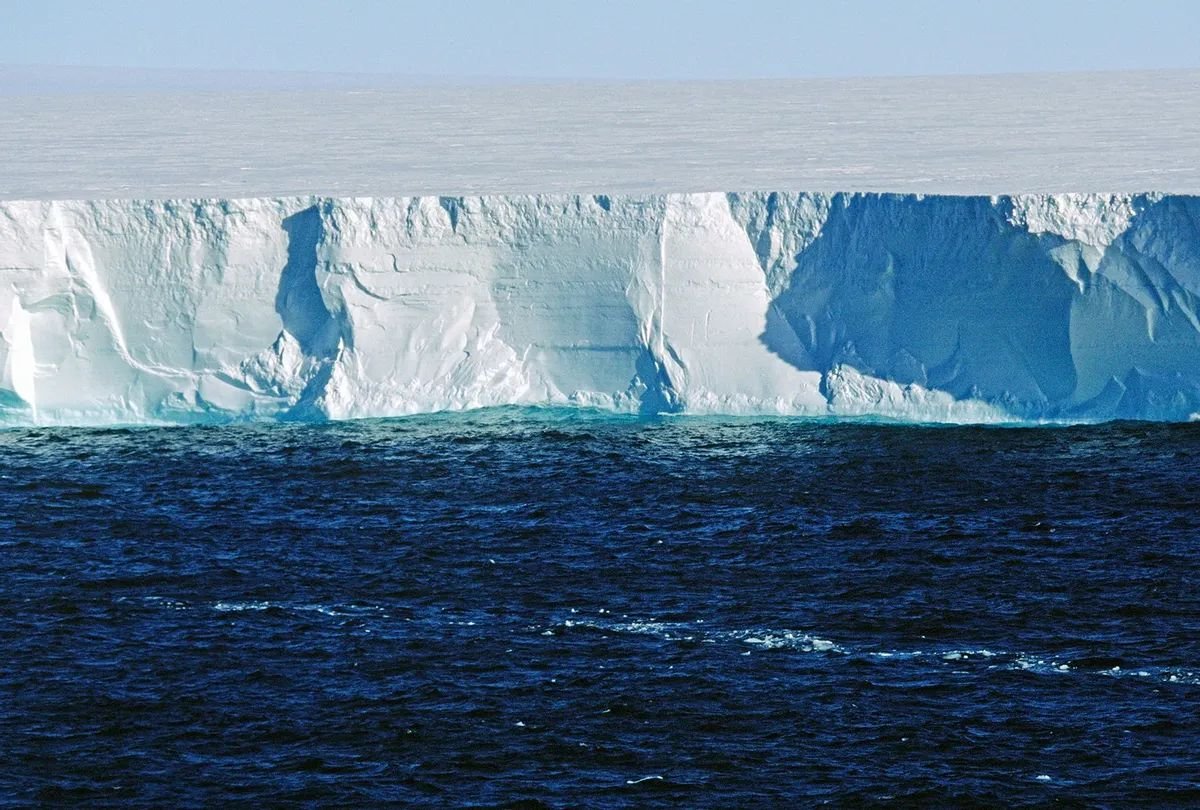A new study has discovered that Antarctica’s Florida-sized Thwaites glacier, which has been in a continuous “collapse” pattern as it melts into the sea, may be about to undergo a “extremely fast” retreat, according to the University of South Florida-based research team.

This “doomsday glacier,” according to some experts, may boost sea levels by three to 10 feet — and if that occurs, all hell may break out.
That’s terrible news since past studies have predicted that if this “doomsday” glacier breaks off from Antartica within the next decade, sea levels would rise dramatically, affecting the world’s vast coastal population.

In 2019, in front of the glacier, the research team unveiled their cutting-edge, bright orange autonomous robotic vehicle, “Rán,” replete with image sensors. What they discovered was revolutionary and beautiful — but also horrifying.
The worldwide team of researchers uncovered over 160 parallel ridges that work as a kind of “footprint” to demonstrate how Thwaites “retreated and bobbed up and down with the daily tides” in the past.
The scientists’ research of these ridges led them to assume that, while the glacier has receded significantly over the last century, it has suffered even bigger shifts in the past — which might imply that it would face equally catastrophic retreats in the near future.

This groundbreaking discovery disproves earlier theories about ice sheets moving slowly. According to recent findings, the ice has migrated far more frequently and dramatically than previously imagined.
Thwaites is hanging on by its fingernails now, and we should expect to observe huge changes over brief periods in the future — even from year to year — as the glacier retreats over a narrow ridge in its bed.
Reference- Journal Nature Geoscience, National Geographic, BBC Earth, New Scientist






